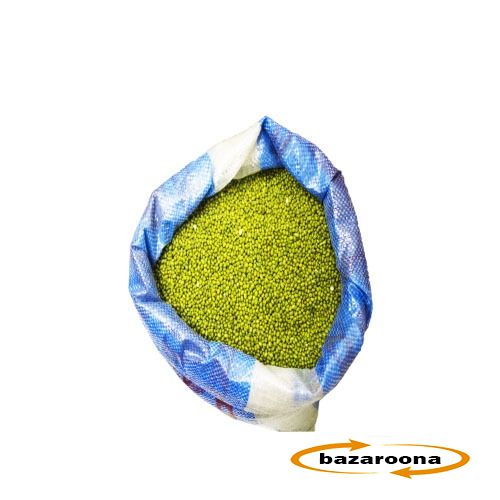
Talaash Agricultural Products
> 24 Hrs
100%
Description
Specifications
| Packaging Size: | 50 Kg |
|---|---|
| Color: | Green |
| State Of Origin: | Afghanistan |
Seller Profile
Company Information

Talaash Agricultural Products, Product and pull out various kinds agricultural stuff's that are composed of: Different Local Oils, Peas, Bean, Rice, Pasta, Dry fruits and so on. In addition, Our services is exist for you kind people in all over the country.
Rating & Reviews
Offer to Buyer
Mung bean (Vigna radiata) is a plant species of Fabaceae and is also known as green gram.[6] It is sometimes confused with black gram (Vigna mungo) for their similar morphology, though they are two different species.[7] The green gram is an annual vine with yellow flowers and fuzzy brown pods. There are three subgroups of Vigna radiata, including one cultivated (Vigna radiata subsp. radiata) and two wild ones (Vigna radiata subsp. sublobata and Vigna radiata subsp. glabra). It has a height of about 15–125 cm.[8]
Mung bean has a well-developed root system. The lateral roots are many and slender, with root nodules grown.[9] Stems are much branched, sometimes twining at the tips. Young stems are purple or green, and mature stems are grayish-yellow or brown. They can be divided into erect cespitose, semi-trailing and trailing types.[9] Wild types tend to be prostrate while cultivated types are more erect.[8]
Leaves are ovoid or broad-ovoid, cotyledons die after emergence, and ternate leaves are produced on two single leaves. The leaves are 6–12 cm long and 5–10 cm wide. Racemes with yellow flowers are borne in the axils and tips of the leaves, with 10-25 flowers per pedicel, self-pollinated. The fruits are elongated cylindrical or flat cylindrical pods, usually 30-50 per plant. The pods are 5–10 cm long and 0.4-0.6 cm wide and contain 12-14 septum-separated seeds, which can be either cylindrical or spherical in shape, and green, yellow, brown, or blue in color.[9] Seed colors and presence or absence of a rough layer are used to distinguish different types of mung bean.[8]






